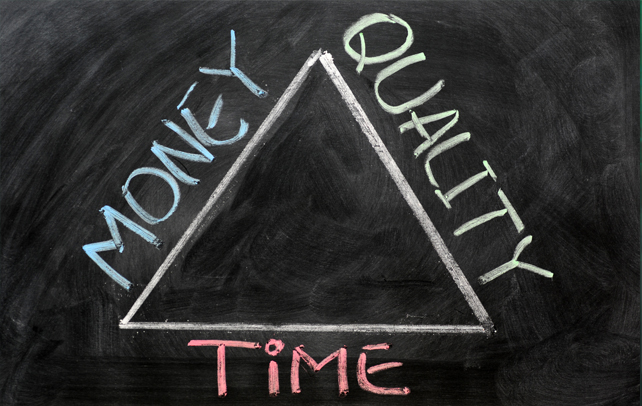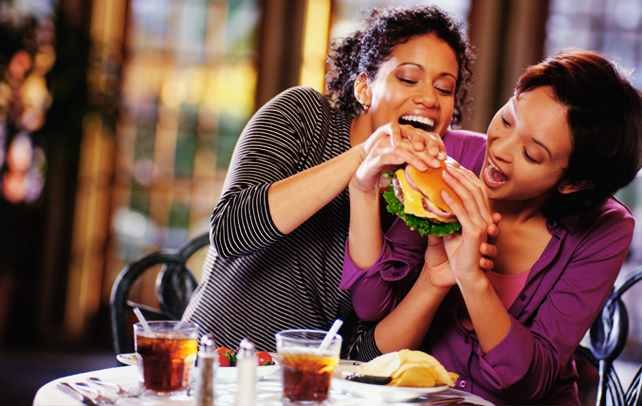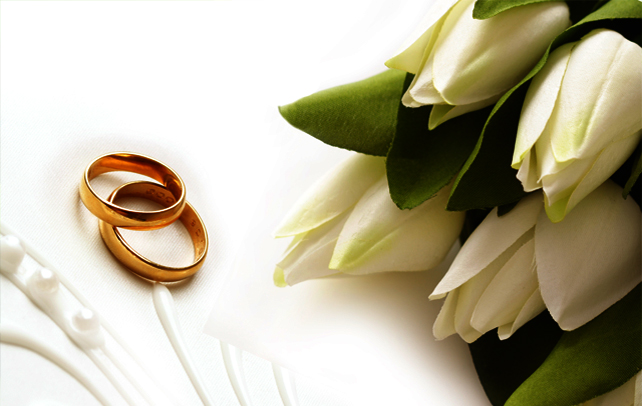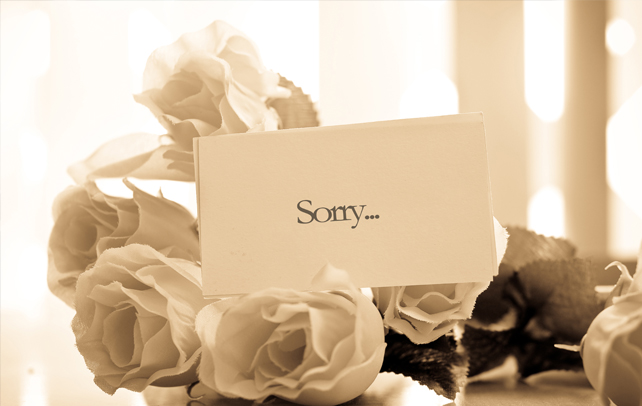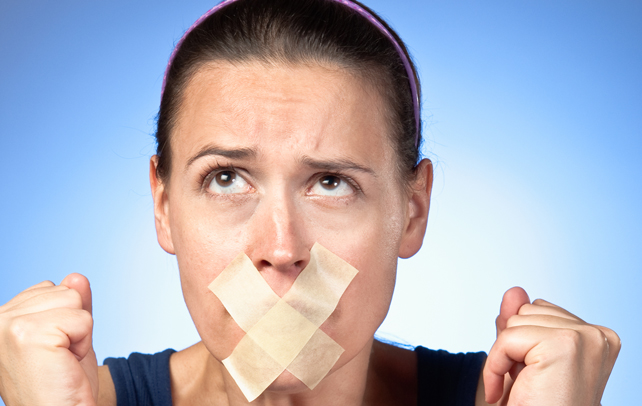Japanese Table Manners
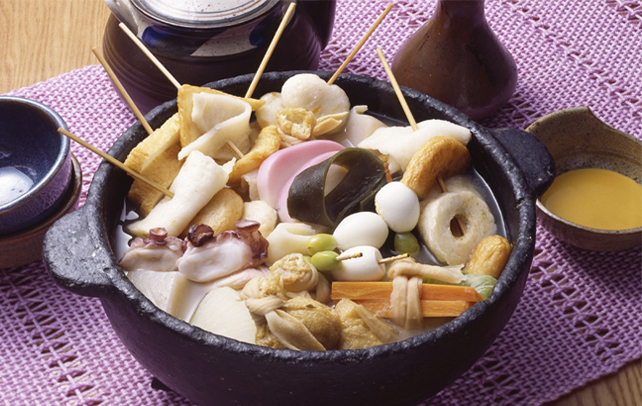
Dining in a different country and/or with people of a foreign land could mean having different rules and etiquette to abide by; and when the country in question happens to be Japan, these rules are as unique as they come. Japan has a distinct culture and boasts of a language which is not spoken anywhere else in the world. The Japanese culture is centered on kindness, respect, peace and harmony. The wide array of foods available in the their cuisine and the different eating techniques elicit curiosity from all over the world; the simple reason being that Japanese table manners are quite different from the American or the Continental ones. Being aware of these differences is the first step in understanding the culture of Japan. This understanding can be useful for a number of reasons. Be it an expat to Japan or a business associate entertaining a group of Japanese delegates, anybody exposed to this Asian country cannot do without this set of etiquette. So, read on and see how the table manners of Japan are different from the rest of the world.
Table Etiquette Of Japan
Etiquette While Eating
- It is considered good manners to say “itadakimasu” before you start your food and “gochisosama deshita” to your host or to the restaurant’s staff after you finish your food or while you leave the place. The former word means “I (humbly) receive (this meal)” while the latter phrase obviously means “Thank you for the meal”.
- While in the West, it is considered rather classy to leave a bit of food in your plate, in Japan, it is considered good etiquette to empty your dishes till the last grain of rice.
- Unlike in some parts of east Africa, and just like in most of the other countries, it is considered bad manners to burp at the table.
- After eating, move all the dishes back to the same position that they were in, at the start of the meal. This includes putting back the lids of the dishes and placing your chopsticks on the chopstick container or back into their paper slip.
Drinking Rules
- Japanese etiquette deems that one should check friends’ cups often and fill them up when found empty. Their etiquette doesn’t allow people to drink if even one of them is not drinking.
- If someone wants to serve you more alcohol then you should empty your glass immediately and hold it towards that person. Emptying the glass obviously doesn’t mean emptying the alcohol in the nearest drain — you are expected to gulp it down.
- It is also considered bad manners to get drunk in some restaurants, especially in ones that serve “Kaiseki Ryori” (or Japanese haute cuisine).
- Ensure that you do not start drinking unless everyone at the table is served and the glasses are raised for a drinking salute which is called ‘Kampai’ in Japanese.
- The word ‘Chin Chin’, which is used almost globally to express the lack of knowledge of the Japanese language, can be toxic to your Japanese social life, if used carelessly. This word means ‘male genitals’ in Japanese and you would do good by steering clear away from it while in polite company and especially when making a toast.
How To Eat
- Rice – You have to hold the bowl of rice in one hand and chopsticks in another. Traditionally, chopsticks are just two slender sticks that you have to maneuver in a special way. Now, however, specially made chopsticks are also available which require very less maneuvering and are considerably easy to handle. You might want to ask for them till you get used to the traditional ones.
- Sushi – Tip some amount of soy sauce into a small saucer provided and immerse your sushi in it. You need not add wasabi as sushi already contains it. Anyway, you could take some if your sushi chef insists. You can take a whole piece of sushi in one go. If you are unable to take the whole piece, hold it with your chopstick and take a bite. However, you should know that it is preferable to eat it as a whole.
- Sashimi – Pour some amount of soy sauce into a small saucer which is provided and mix in some wasabi. Ensure that it does not subdue the taste of your raw fish. Immerse your raw fish into the soy sauce and serve.
- Miso Soup – You must have all the solid ingredients of the Miso soup with your chopsticks and the soup must be drank directly from the bowl.
- Big pieces of food – Cut the food bits with chopsticks and pop the smaller pieces into your mouth. You can also bite a piece and place the rest on your plate.
- Remember, it is considered bad-manners to dispense soy sauce straight over the white rice or even to use it in too much quantity.
- While having rice or soup, you are not permitted to bring the entire bowl closer to the mouth to avoid spilling of any food.
- Slurping noodles, especially ramen or soba, is very rarely seen and not very appreciated in Japanese dining etiquette.
- If you intend to share your food, keep some amount of it on a small plate and pass it on to the next person. Make sure you do not share your food at the table from chopsticks to chopsticks; it is considered really bad in Japan. This is because, according to an ancient Japanese cremation custom, when a family sieves through the ashes of a deceased, they touch the bones of the departed in the same manner.
- Remember not to place your chopsticks in a bowl of rice — in the Japanese tradition it is similar to the burning of incense sticks during a cremation. Instead, place your chopsticks on the chopsticks box or at the rim of your plate.
If you love Japanese cuisine then Japanese table manners and etiquette are something you must never avoid. These manners are not just practically useful; they can also be fun when you organize a Japanese themed dinner party. By ordering authentic Japanese dishes from your local Japanese restaurant, you can serve your guests with mouth watering cuisine and also provide them with a perfect Japanese environment. Sounds appealing? Then get practicing!


